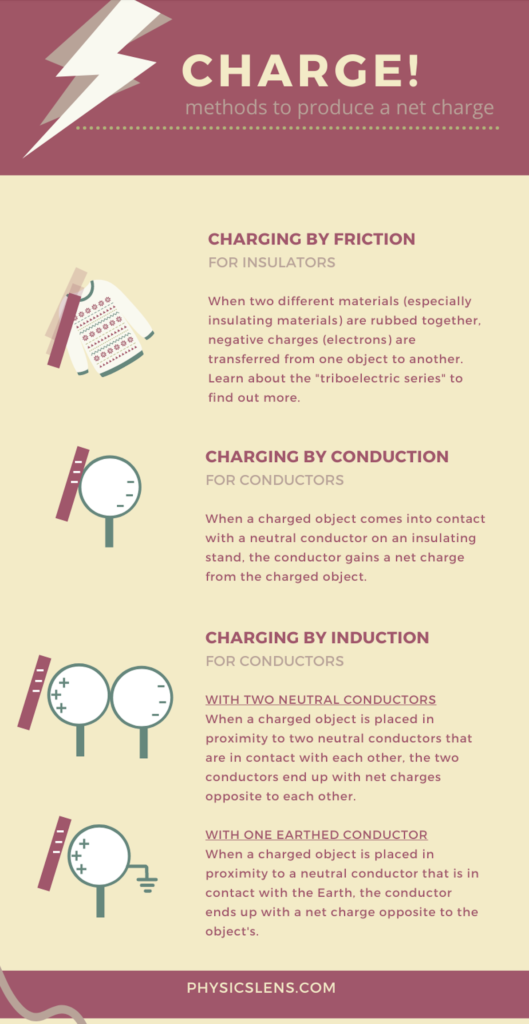I like Canva for its ease of use and beautiful templates for creating simple infographics. This is an example of one that I did to simplify the content for IP4 Static Electricity.

the world in a different light
I like Canva for its ease of use and beautiful templates for creating simple infographics. This is an example of one that I did to simplify the content for IP4 Static Electricity.

This is an interesting question on electricity: in order to survive a lightning strike, which of the following costumes offer the best protection? A coat of armour, your birthday suit, a wetsuit or a superman costume? Watch this MinuteEarth video on Faraday’s cage to find out!
Materials
Procedure
Science Explained
When air is ionised with the help of a flame, it serves as a conducting medium through which static electric charges can escape from a surface.
A thin stream of water can be easily bent using a plastic comb or ruler which was previously rubbed with wool. This demonstrates the attractive forces between unlike charges.
Materials
Procedure
Science Explained
Water molecules are polar in nature, which means that one side (where the oxygen atoms are) is more negative while another side (where the hydrogen atom is) is more positive. When wool is rubbed with plastic, it deposits electrons on the ruler.
The electrons will remain on the plastic as it is a poor conductor of electricity. When placed near the stream of water, the water molecules reorientate themselves such that the positive pole of each molecule is now nearer to the ruler than the negative pole.
The resulting attractive forces are stronger than the repulsive forces as the forces between charges decrease when the distance apart increases.
A Leyden jar is a device used to store static electric charge. It can be used to conduct many experiments with electricity such as creating a spark across a gap.
An electroscope is a device that can be used to detect or measure the amount of charge in its vicinity. One of the earliest electroscopes is the gold-leaf electroscope which was invented by a British clergyman Abraham Bennet. This is a cheaper model of the leaf electroscope made using aluminum foil.
Materials
Procedure

Science Explained
Negative charges (electrons) are deposited on the comb by rubbing with wool. When the comb is placed near the sinker without touching, the negative charges in the sinker are repelled. As glass is an electric insulator, the only way for them to go is downwards onto the aluminum strips. Both strips are now negatively charged and will repel each other. The extent of their repulsion is dependent on the amount of charge on the comb and its distance from the electroscope.